

Museum of Islamic Arts
The Museum of Islamic Arts (MIA) in Cairo, Egypt, is one of the most prestigious museums of its kind worldwide, boasting an extraordinary collection of rare artifacts from all periods and regions of the Islamic world. These include unique pieces of woodwork, plaster, metal, ceramic, glass, crystal, and textiles.
The museum displays around 4,500 artifacts across 25 halls, though its complete collection exceeds 100,000 objects, with the remainder stored due to space constraints. The collection includes rare Qur'an manuscripts, with some featuring silver-ink calligraphy and elaborate borders.
Over the years, the Museum of Islamic Arts has conducted archaeological excavations in the Fustat area and has organized numerous national and international exhibitions. The museum closed for renovations in 2003 and reopened seven years later, in August 2010, after restoration work costing nearly US$10 million.
The museum's establishment traces back to the late 19th century. While the appreciation for Egyptian Pharaonic art had been formally recognized in Cairo with the creation of the Egyptian Department of Antiquities and the Egyptian Museum in 1858, Islamic art appreciation lagged. Khedive Ismail Pasha approved a proposal to establish a museum of Islamic art in the courtyard of the Mosque of Baibars, but this did not materialize until 1880, under Khedive Tawfiq's order to the Ministry of Endowments (Awqaf).
In 1881, Julius Franz, an Austrian scholar of Hungarian descent and the head of the technical department at the Awqaf, proposed the ruined mosque of the Fatimid caliph al-Hakim as a temporary location for the museum. An initial collection of 111 architectural pieces from other monuments was exhibited in the mosque's eastern arcade.
In 1884, a two-story structure was built in the courtyard to house the growing collection of 900 objects. In 1887, Max Hertz replaced Julius Franz and initiated many changes, including suggesting the museum's name as the Gallery of Arab Antiquities (Dar Al-Athar Al-Arabiya). By 1895, the collection had grown to 1,641 pieces, and the building had become too crowded, leading to the construction of a larger museum. The foundation for the present building in the Bab Al-Khalq area of Cairo was laid in 1899.
The current building, completed in 1902, was designed by Alfonso Manescalo in a neo-Mamluk style. The upper story houses the National Library. The old museum in al-Hakim was demolished in the 1970s during the mosque's refurbishment.
Location
Contact Information
Contact Listings Owner Form
Museum of Islamic Arts 0 reviews
Write Your ReviewThere are no reviews yet.

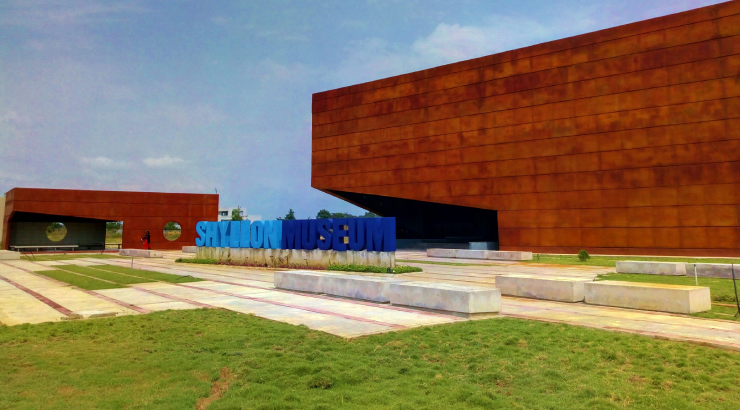

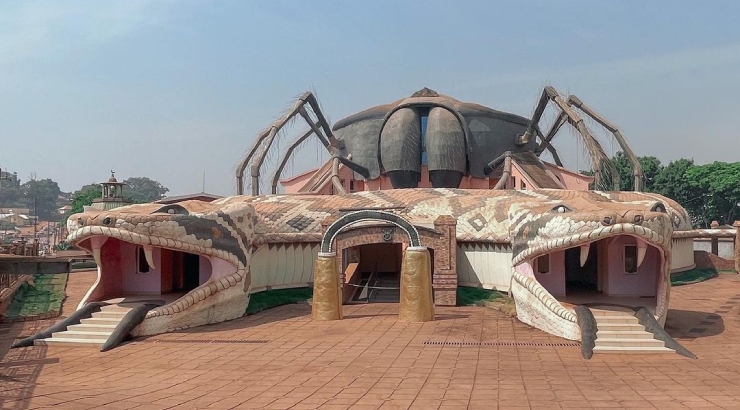
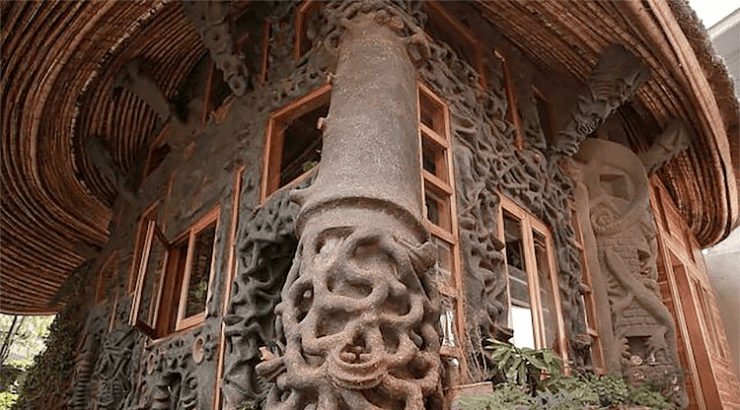

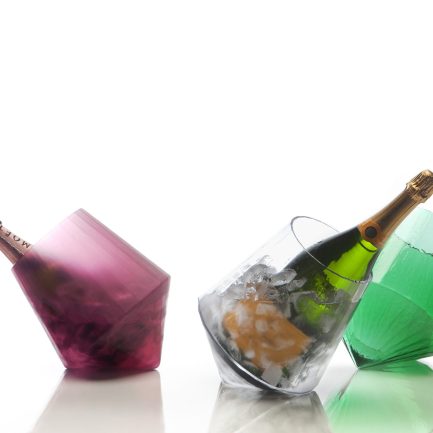
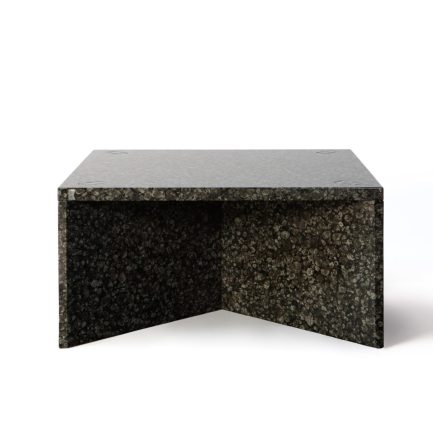
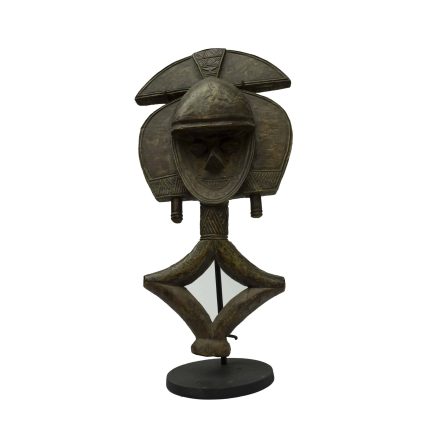
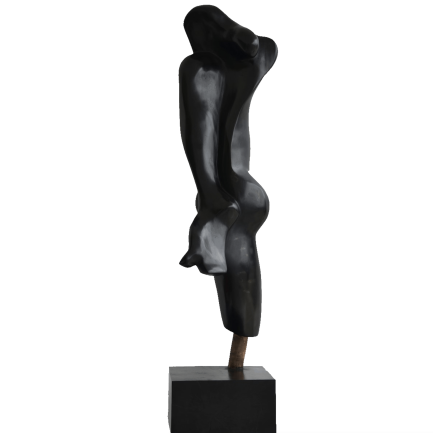
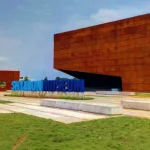
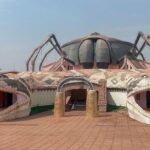
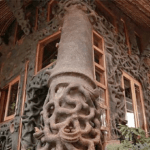

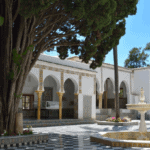
 No products in the basket.
No products in the basket.